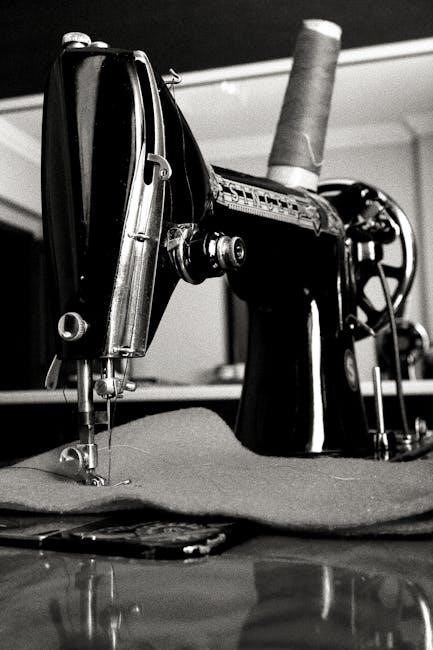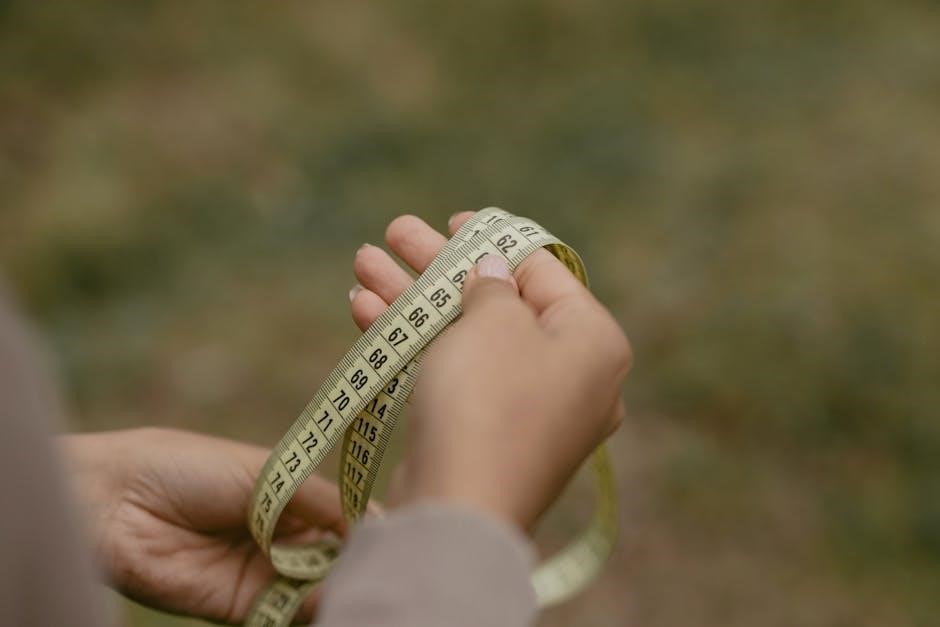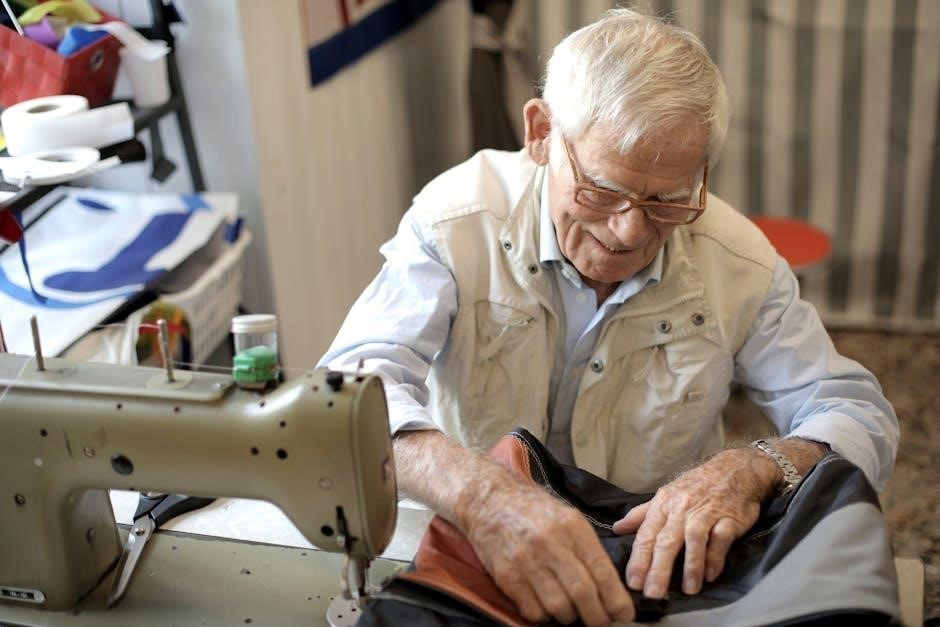singer handheld sewing machine instruction manual
Welcome to the world of portable sewing! This comprehensive guide provides access to manuals, instructions, and essential information for operating and maintaining your Singer handheld sewing machine.
Singer handheld sewing machines offer a compact and convenient solution for quick repairs and small sewing projects. These portable devices are designed for ease of use, making them ideal for beginners and experienced sewers alike.
Operating on batteries or AC adapters, these machines provide flexibility and mobility, allowing you to sew anywhere. This guide will provide access to manuals, instructions, and essential information for operating and maintaining your Singer handheld sewing machine.
Whether you’re mending a hem, altering clothing, or crafting on the go, a Singer handheld sewing machine is a versatile tool. Ensure you have the correct manual for your specific model to maximize its potential.

Understanding Your Singer Handheld Model
To properly use and maintain your Singer handheld sewing machine, it’s crucial to understand its specific features and functions. This section will guide you through identifying your model.
Identifying Your Specific Model
Pinpointing your Singer handheld sewing machine’s model is the first step to accessing the correct manual and understanding its unique features. Look for a model number, typically located on a sticker underneath the machine or on the side. This number is crucial for finding specific instructions.
Once you locate the model number, note it down carefully. This identifier will allow you to search online for the corresponding manual. If the sticker is worn or illegible, consult any original packaging or purchase receipts, as the model number is often printed there.
Different Singer handheld models have distinct characteristics, such as varying stitch patterns, power source requirements (batteries or AC adapter), and threading mechanisms. Knowing your model ensures you follow the appropriate steps for optimal performance and avoid potential damage.
Accessing the Correct Manual
After identifying your Singer handheld sewing machine model, accessing the correct manual is essential. Singer has embraced digital accessibility, making most manuals available online. Visit the official Singer website and navigate to the “Support” or “Manuals” section.
Use the search bar and enter your specific model number to find the corresponding manual. If the official website doesn’t have it, explore reputable sewing machine manual databases. Many online resources offer free PDF downloads of older or less common models.
Ensure the manual you download matches your model number precisely. A mismatched manual can lead to incorrect operating procedures and potential damage. Once downloaded, save the manual to your computer or device for easy access. Consider printing a copy for convenient reference while using your machine.

Basic Operation and Setup
Before starting any project, ensure proper setup. This includes powering the machine correctly, which can involve batteries or an AC adapter, and, if applicable, threading the needle and bobbin.
Powering the Machine: Batteries or AC Adapter
Your Singer handheld sewing machine offers flexibility in power sources. Many models operate on batteries, typically four AA batteries, providing portability for on-the-go projects. Ensure the batteries are correctly installed, paying attention to polarity. Alternatively, some models support an AC adapter for continuous power.
When using an adapter, verify that it meets the machine’s voltage and amperage requirements, often around 6V 800mA, with a specific plug size (e.g., 1/8/3.5 mm diameter). Using an incompatible adapter can damage the sewing machine. Always disconnect the power source before performing maintenance or changing accessories. Refer to your specific model’s manual for detailed power specifications and safety guidelines.
Threading the Needle and Bobbin (if applicable)
Threading your Singer handheld sewing machine correctly is crucial for smooth operation. Begin by consulting your model’s manual for specific threading diagrams. For needle threading, ensure the machine is off or the power source is disconnected. Guide the thread through the designated thread guides, tension discs, and finally, through the needle eye, typically from back to front.
Pull a few inches of thread through the needle eye. If your model uses a bobbin, carefully follow the instructions for bobbin winding and insertion. Ensure the bobbin is properly seated in the bobbin case and that the thread tension is correctly adjusted. Incorrect threading can lead to skipped stitches, thread jams, and other sewing issues. Refer to your manual for troubleshooting tips.

Troubleshooting Common Issues
Encountering problems? This section addresses common issues like thread jamming, skipped stitches, and tension problems. Find solutions to keep your Singer handheld sewing machine running smoothly and efficiently.
Thread Jamming and Tangles
Thread jamming and tangles are frequent frustrations when using a handheld sewing machine. These issues often arise from improper threading, incorrect tension settings, or the use of unsuitable thread types. Always ensure the machine is properly threaded according to the manual, paying close attention to the bobbin and needle threading paths.
Adjusting the tension dial can significantly impact thread behavior; experiment with slightly loosening or tightening the tension to find the optimal setting for your fabric. High-quality thread that matches your fabric will reduce thread breakage and knotting. Regularly cleaning the shuttle hook and feed dog will ensure smooth operation. Ensure the bobbin is correctly inserted and wound evenly to prevent uneven tension.
If jams persist, check for any lint or debris obstructing the needle or bobbin area. By addressing these key areas, you can minimize thread jamming and tangles.
Skipped Stitches
Skipped stitches can be a common issue with handheld sewing machines, often resulting in an incomplete or weak seam. This problem is frequently caused by an incorrect needle type, a bent or damaged needle, or improper fabric handling. Always ensure you are using the appropriate needle size and type for the fabric you are sewing. A dull or bent needle will fail to catch the thread correctly, leading to skipped stitches.
Replace the needle regularly to maintain optimal performance. Check that the needle is correctly inserted and tightened. Maintain a consistent sewing speed and avoid pulling or pushing the fabric too forcefully, as this can disrupt the timing of the stitch formation;
Ensure the presser foot is applying adequate pressure to the fabric to prevent it from lifting during the stitch. Verify that the thread is properly threaded through all guides and that the tension is correctly adjusted. By addressing these factors, you can minimize skipped stitches.

Maintenance and Care
Proper maintenance ensures longevity. Regular cleaning, proper storage, and occasional lubrication keep your Singer handheld sewing machine in peak condition, preventing issues and ensuring smooth operation for all your projects.
Cleaning Your Handheld Sewing Machine
Maintaining a clean sewing machine is crucial for optimal performance and longevity. Begin by disconnecting the power source, either removing the batteries or unplugging the AC adapter. Use a soft brush or lint-free cloth to gently remove dust, lint, and thread scraps from the machine’s exterior, paying close attention to the needle area and feed dog.
For stubborn residue, a slightly damp cloth can be used, ensuring the machine is completely dry afterward. Avoid using harsh chemicals or solvents, as these can damage the plastic components. Regularly clean the bobbin area, removing any accumulated lint or thread. A clean machine prevents thread jams and ensures smooth fabric feeding, resulting in even and professional-looking stitches. Consistent cleaning after each use will significantly extend the life of your Singer handheld sewing machine.
Storing Your Machine Properly
Proper storage is vital to protect your Singer handheld sewing machine from damage and ensure it remains in optimal working condition. Before storing, always clean the machine thoroughly, removing any lint, dust, or thread remnants. Disconnect the power source, whether it’s batteries or an AC adapter, to prevent accidental activation or battery leakage during storage.
Store the machine in a cool, dry place away from direct sunlight and extreme temperatures, as these can warp or damage the plastic components. Ideally, use the original box or a protective case to shield the machine from dust and physical impact. If a case isn’t available, wrap the machine in a soft cloth or plastic bag. Store the machine in a location where it won’t be knocked over or subjected to unnecessary vibrations. Following these simple steps will help prolong the life of your Singer handheld sewing machine.
Advanced Techniques and Tips
Once you’ve mastered the basics of your Singer handheld sewing machine, explore advanced techniques to elevate your sewing projects. Experiment with different fabrics, starting with simple cotton and gradually progressing to more challenging materials like denim or silk. Adjust the tension settings as needed to achieve even stitches on various fabrics. Consider using specialized needles designed for specific materials to prevent damage and ensure smooth sewing.
Practice sewing curves and corners slowly, pivoting the fabric carefully for precise results. Try adding embellishments like beads or sequins to your projects, securing them with small, neat stitches. Explore online resources and tutorials for inspiration and guidance on advanced sewing techniques. Don’t be afraid to experiment and develop your own unique style. With practice and creativity, you can unlock the full potential of your Singer handheld sewing machine.
